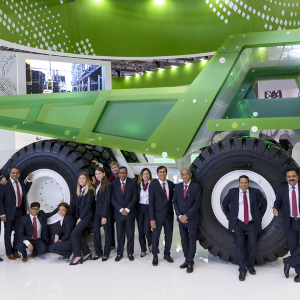What is the CAP and how is this reform going to influence the work of European farmers?
For several months, we have been reading on the newspapers or hearing from the news about approval, discussion and entry into force of the new CAP, the Common Agricultural Policy. But what exactly is it about? In 2013, the European Union approved the CAP reform, which provides a new development plan in agriculture. The CAP 2014-2020 officially entered into force on June first, 2014. But let us step back. What is the CAP and how is this reform going to influence the work of European farmers?
Since the beginning, the European Union has chosen to sustain the farming sector by means of incentives and facilities, as it is considered essential for the development of the Member States. The CAP was instituted in 1962 with the objective of incrementing agricultural productivity, ensuring a stable standard of living for farmers, guaranteeing procurement safety and safeguarding consumers by means of reasonable prices. Even though the “new” CAP 2014-2020 keeps to this guideline, it focuses on more up-to-date topics such as greenhouse gas emissions, energy efficiency, organic farming and sustainability of agricultural production.
How can we meet these objectives? The EU has budgeted the investment of over 362 billion euros at European level. 277 of these are allocated for direct payments in favor of European farmers, whilst 84 billion will be invested into rural development. The direct payments will sustain the farmers’ work in such a way that they can invest into new crops, cutting-edge cultivation techniques and the modernization of farming machinery for an always more sustainable agriculture.
To receive the incentives, it is necessary to proof that one is an active farmer. In addition to the basic payment, other types of incentives will be earmarked to favor the development of:
- greening, which means all agricultural practices in favor of climate and environment, such as crop diversification and the maintenance of grassland and other areas of ecological interest
- small and young farmers
- disadvantaged areas
- coupled support for the production of one or more crops that are important for the Country’s economy
By the end of 2014, each Member State shall choose the modalities to turn the new CAP guidelines into its legislation and to establish country-specific criteria for assigning the support.
Do you already know how to access the benefits and which are the criteria applied by your country? Go to the EU’s Agricultural and Rural Development website for any further information.





